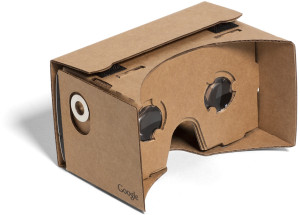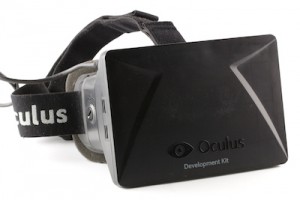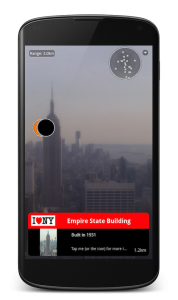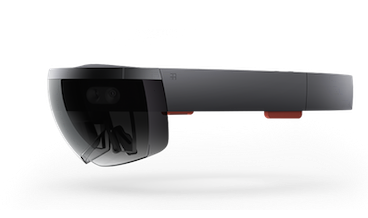
- February 2, 2016
- Joe
- knowledge
- 1 Comment
Which is which?
VR it’s on the mainstream, and maybe because it shares one initial (R) with AR, it tends to be confused with, as if both do the same or similar things. The only similarity between the two is that both mess up with reality, however in different ways. Maybe that’s why there’s confusion. Lets clear of these nebulous concepts so you can be certain about which one does what.
As it name implies VR (virtual reality) it’s based on a virtual world, where as AR (augmented reality) enhances the real world. Clear? Not yet? The key here is what the person is experiencing and which device/method is helping to portray this experience. VR is all about immersion, where as AR is all about enhancing. Therefor, in order to experience VR the person (user) must be isolated from the real world. On the contrary, in order to experience AR, the person just has to live the moment with an add-on device.
Both VR & AR require some kind of device to make their magic
For VR the most efficient and less costly way to achieve this it’s via a Head Unit Device (HUD), a fancy name for an apparatus the person must put on. The HUD may be a humble Google Cardboard going all the way to an Oculus Rift.


For AR, given its enhancing reality mission, devices vary from a humble smartphone going all the way up to an HUD like HoloLens.


Some might call a flight simulator the ultimate VR, and it is. That said, a flight simulator (the real ones) are in a category on their own and should not be confused with current VR gear being offered in the market to consumers and industry.
Because VR is all about immersion, the device in charge with displaying it must isolate the user from reality surrounding him/her. The person must not see or hear anything from the outside world. What they must see or hear must come from the HUD. This characteristic is essential for a VR experience. If for one reason, the immersion it’s not absolute it may ruin the experience. As a consequence, VR content is made with immersion in mind, the idea is to allow the person using VR to experience things as if they were present on that VR world just built for them. These experiences can be a game, but also can be used to simulate how to work on the ISS (International Space Station). Point is, VR can be used for fun and some working simulations environments.
For AR, the device in charge of displaying it must be a see-through one. In the case of an smartphone, it uses the camera to display the real world surrounding and overlaying information on top of it (ahem…). For an HUD like HoloLens, it must have a transparent glass that serves as a place to overlay the information so the person can use or enjoy it. As with VR, AR experiences can vary from games to enhancing working environments.
Which one does what?
It’s no coincidence that the first VR content being available on the market are games and movies. The immersion focus of VR makes it perfect for this type of content. Likewise it’s no coincidence that the first use practical cases for AR are guides, and working situations enhancers (assembly line helpers, for example). The enhancing essence of AR makes it perfect for manufacturing and guiding situations, among many others.
Can we all get along…
You can see how both technologies serve different purposes and provide different users experiences which in turn require different types of devices form factors. There’s no direct competition between AR & VR because they simply don’t do the same, which is great as both will grow along just fine. While it is possible to build a hybrid AR/VR device like VRVANA, as of this writing VRVANA it’s an exception rather than a rule. The market is still figuring it out where to go. In the meantime, lets ride along!
